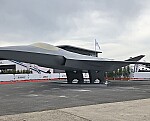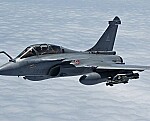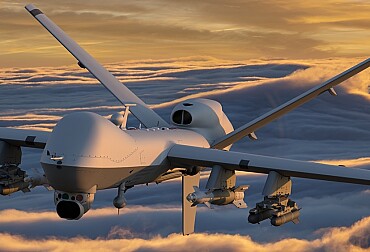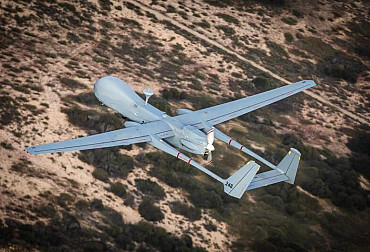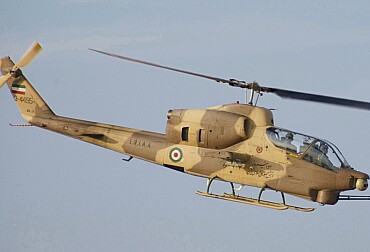Chinese military helicopter program is to be followed with interest: AI, Internet of Things, 5G connectivity
China is pursuing an ambitious long-term program to develop a fleet of cutting-edge military helicopters capable of competing technologically with the fleets of other world powers, principally the United States.
To achieve this, Beijing is betting heavily on artificial intelligence and aircraft speed. China's leading helicopter manufacturers have announced that a new type of helicopter with an innovative design has successfully completed its maiden flight. This prototype helicopter will lead to the development of the next generation of high-performance helicopters for the Chinese People's Liberation Army.
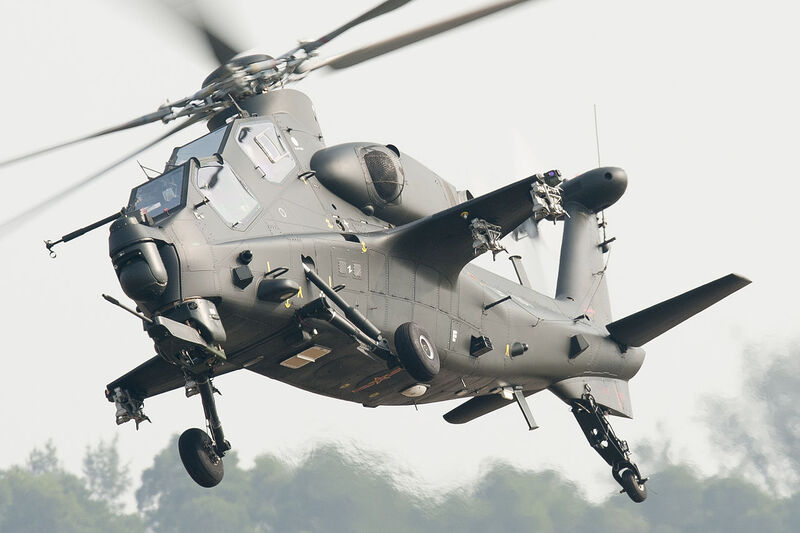
Unlike conventional helicopters, the new aircraft have a very different design, which will enable them to exceed the speed limit of around 300 kilometres per hour. The new helicopter, which could have a completely different aerodynamic design to most current helicopters, could have a higher speed, better stealth capabilities and a heavier take-off weight. In order to break the limitations of conventional aerodynamic design, improve performance and combat capabilities, advance technological innovations and optimise industrial development modes, Changhe Aircraft Industry (Group) Corporation Ltd and China Helicopter Research and Development Institute, both based in Jingdezhen, Jiangxi province in eastern China, as subsidiaries of the state-owned Aviation Industry Corporation of China, launched a self-funded project to develop a new helicopter platform in March 2019.
The project was reviewed in March 2022 at a routine joint working conference conducted by the two subsidiaries, the institute said in a statement posted on its WeChat account. The new helicopter is making multiple test flights to verify its performance, according to the press release. It will form a solid basis for the future development of the next generation of high-performance helicopters for the PLA, the press release said. It noted that thanks to this project, the two AVIC subsidiaries have resolved many technical issues in advance and are promoting the approval of a national project for the further development of the new helicopter.
No further details about the new helicopter have been provided, including how its design differs from conventional models or what missions it is intended to perform, for example whether it will be an attack helicopter, a reconnaissance helicopter or a transport helicopter. In line with the trend in technological development worldwide, the new helicopter required could have features such as higher speed, improved stealth capabilities or greater take-off weight.
The US SB-1 Defiant helicopter demonstrator is designed with a rigid coaxial rotor system and thrust propeller to achieve higher speeds than current helicopters while maintaining low-speed manoeuvrability. The American V-22 Osprey tiltrotor, a hybrid of helicopter and turboprop aircraft, is also an attempt to achieve similar capabilities. This development comes shortly after China hinted that it was also developing an improved variant of the Z-20 helicopter. Often seen as a clone of the American Black Hawk helicopter, the Z-20 is apparently undergoing various upgrades to enable the helicopter to carry out more missions. The manufacturer's priority is an assault variant of this iconic helicopter.
The authorities have not disclosed any other information about the new aircraft, such as how it differs from conventional helicopters in its design or planned missions, and whether it is an attack helicopter, a reconnaissance helicopter or a transport helicopter. However, some Chinese analysts had explained the potential characteristics of the future aircraft. Deng Jinghui, chief designer at the Helicopter Research and Development Institute, said that the future helicopter could include artificial intelligence, the Internet of Things, 5G connectivity, new energies and new materials. Improved situational awareness, decision support, intelligent interaction between pilot and helicopter, intelligent cockpits, autopilots, boundary protection, intelligent rotor settings that reduce noise and intelligent landing gear are just some of the areas in which artificial intelligence could be used.
According to Wu Ximing, the designer of the CAIC Z-10, a new model of attack helicopter is also already in development. The engineer did not reveal any details about the aircraft, but a conceptual model already presented shows two sets of rotors on the top of the machine, as well as wings.
The Z-10 is a Chinese attack helicopter developed between 1990 and 2000 by CAIC, Changhe Aircraft Industries Corporation. It made its maiden flight on 29 April 2003 and entered service in 2011. The helicopter was developed to meet the needs of the Chinese army for attack helicopters. It was developed as part of the CMH (China Medium Helicopter) programme, which began in 1994. Under the guise of a civilian project, the programme has received technical assistance from Eurocopter, Agusta Westland and Pratt & Whitney. In March 2013, during the Heli-Expo 2013 exhibition in Las Vegas, Nevada, the chief designer of the Russian company Kamov Sergueï Miheev stated, to little surprise, that the technical design of the Z-10 helicopter was produced by Kamov in 1995 under the name Project 941, according to the specifications drawn up by the Chinese government. The Z-10 is a multi-role, all-weather combat helicopter. It is designed for anti-tank combat, ground support and armed reconnaissance missions. It has an armoured, two-seat tandem cockpit with the pilot in the front and the gunner in the rear. The Z-10 can be fitted with a wide variety of weapons, including HJ-10 Hong Jian - Red Arrow supersonic anti-tank missiles with a range of 10 km.
China's aerospace industry is expanding as tensions escalate over the Taiwan region. The country's leaders have said they plan to increase military spending by more than 7% this year, while warning that threats will "escalate". Its helicopter programs are to be followed with interest despite certain lack of original domestic approach and the typical Chinese readiness to find „inspiration“ abroad.



